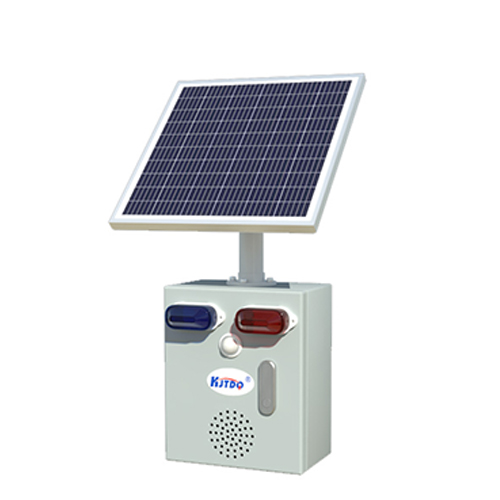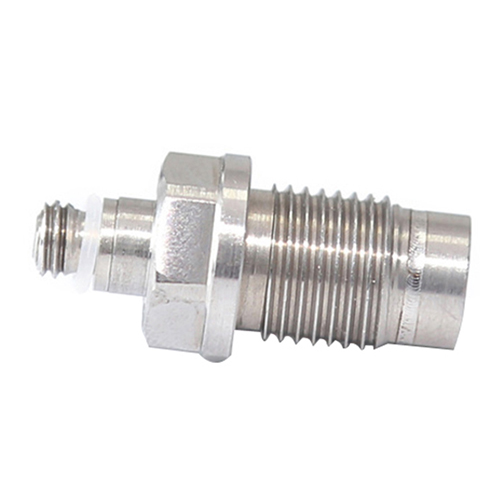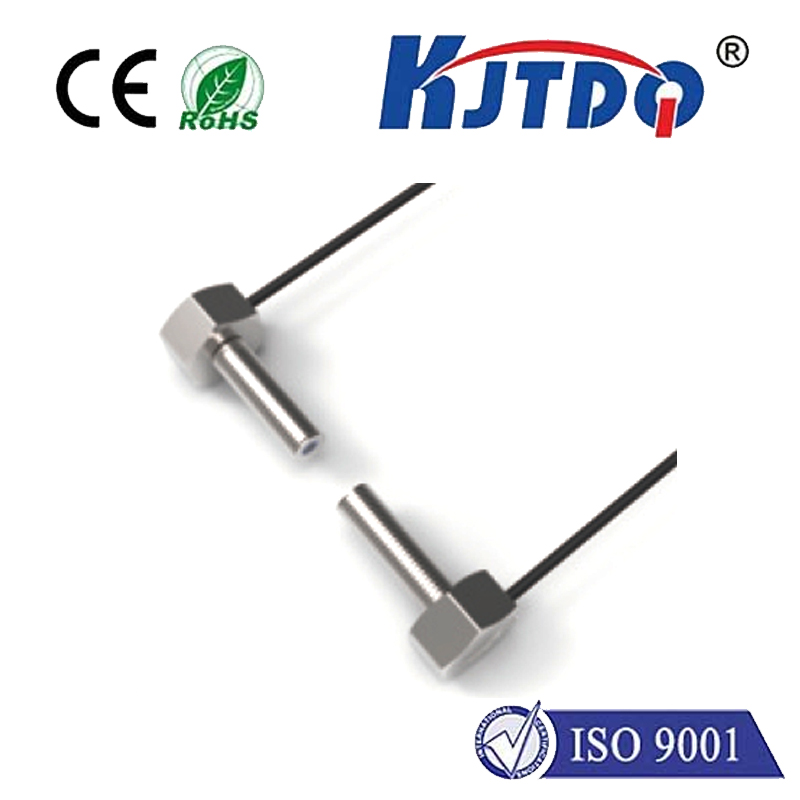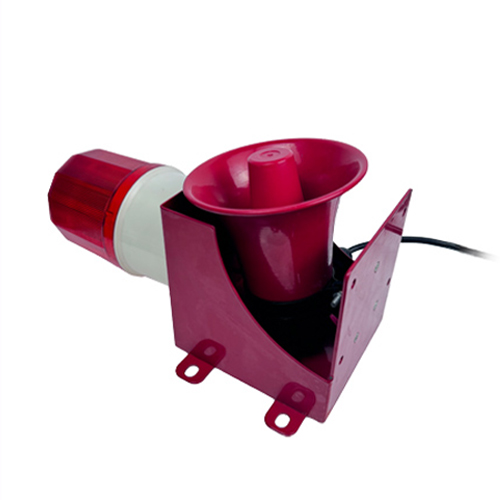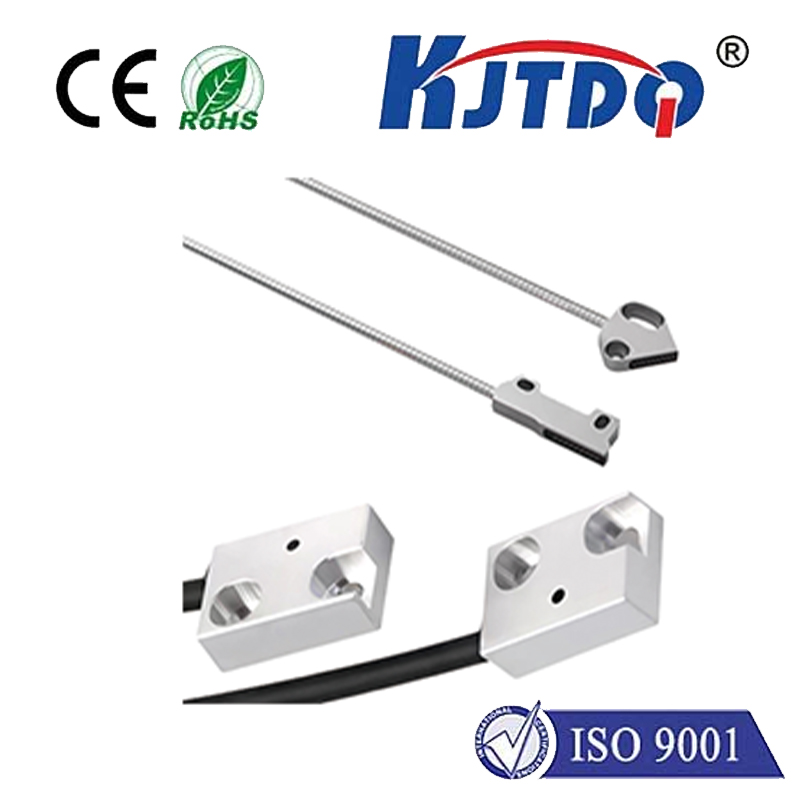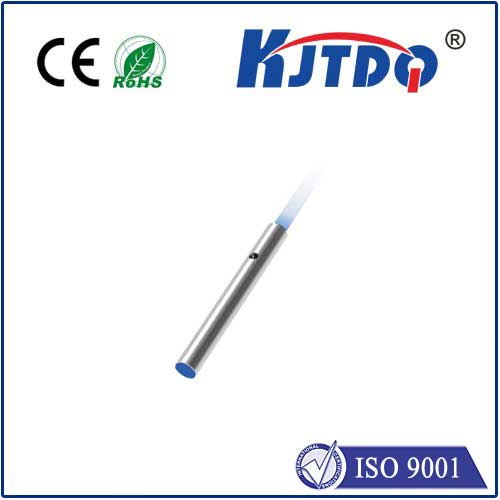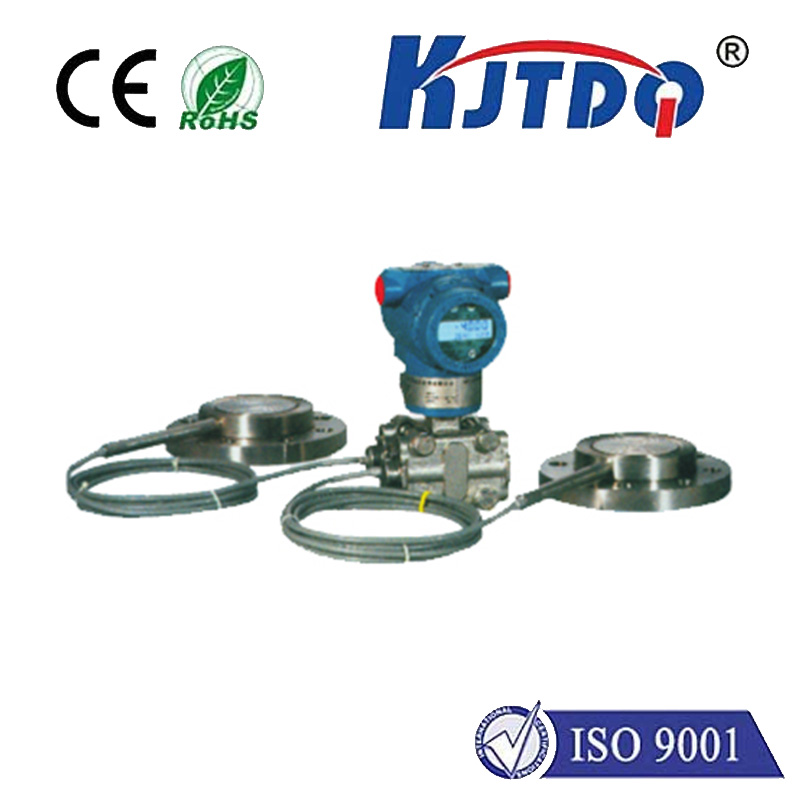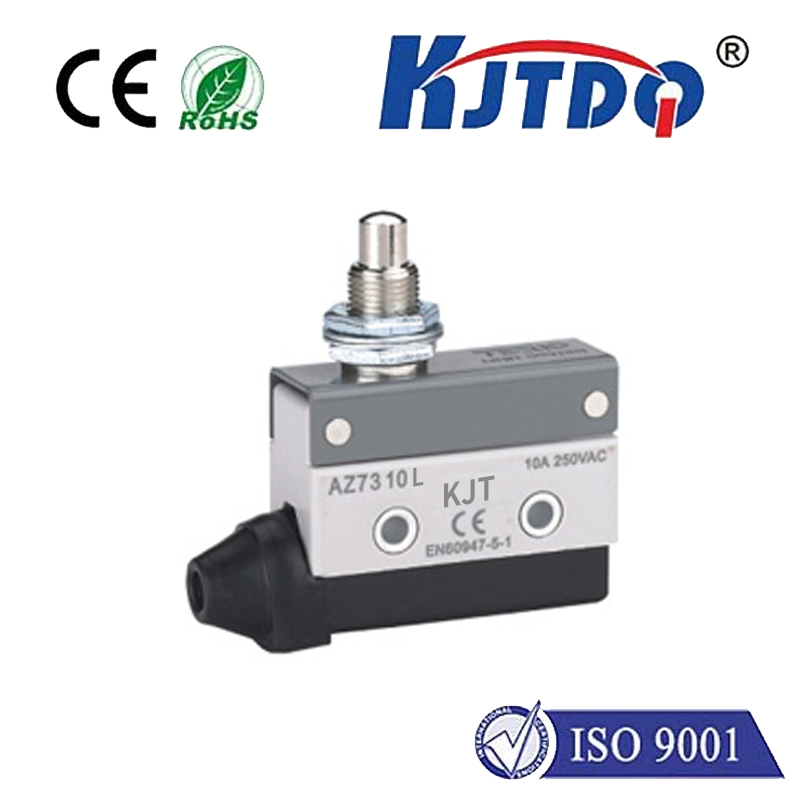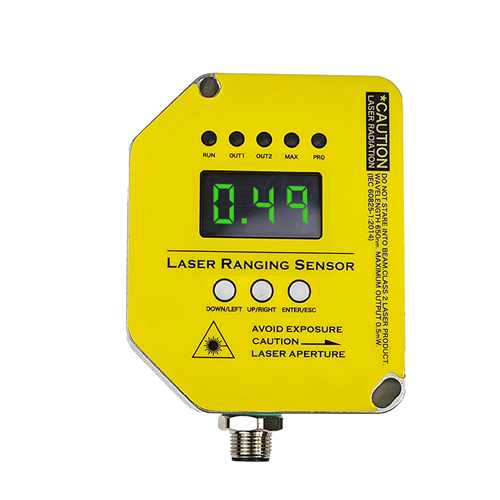safety retro-reflective photoelectric beam sensor
- time:2025-09-13 02:49:19
- Click:0
Guardians of the Hazard Zone: How Safety Retro-Reflective Photoelectric Beam Sensors Save Lives
Imagine a factory floor pulsing with activity – massive robotic arms swinging, conveyor belts humming, presses shaping metal with immense force. Now picture an operator needing to enter a potentially dangerous zone for maintenance. What invisible shield ensures they step into that space without risking catastrophic injury? Often, it’s the silent, vigilant watch of a Safety Retro-Reflective Photoelectric Beam Sensor.
This sophisticated device is far more than just another sensor; it’s a critical component in the safety ecosystem of modern industry, playing a vital role in preventing accidents and protecting personnel. Understanding how it works and where it excels reveals its indispensable value.
The Core Principle: Light as a Safety Barrier
At its heart, a safety retro-reflective photoelectric beam sensor operates on elegantly simple optics, engineered for fail-safe reliability. Here’s the breakdown:

- Emitter: The sensor unit projects a tightly focused beam of light – often infrared for immunity to ambient light interference.
- Retroreflector: Positioned opposite the emitter, this specialized target contains prismatic material designed to reflect the light beam directly back along its original path, no matter the angle of incidence. This is key to the “retro-reflective” nature.
- Receiver: Built into the same housing as the emitter, the receiver constantly monitors for the return of its own projected beam.
- Safety Logic (Crucial Difference): Unlike standard sensors, safety retro-reflective photoelectric beam sensors incorporate advanced, self-monitoring circuitry. They constantly check their own health (LED function, alignment, lens cleanliness, internal electronics) and use redundant channels. If the beam is interrupted (by a person, object, or forklift) OR if the sensor detects any internal fault (misalignment, component failure, dirty lens), it immediately triggers a safety shutdown. This positive break action (opening safety contacts upon beam loss or fault) is fundamental to its safety rating.
Where Invisible Shields are Vital: Key Applications
The unique properties of safety photoelectric beams make them ideal for specific hazardous scenarios:
- Perimeter Guarding: Creating large, invisible safety zones around robotic cells, stamping presses, or assembly lines. Access halts machinery if the beam is crossed. Retro-reflective setups are ideal here because they require wiring only on one side (the sensor head), simplifying installation over wide areas compared to through-beam systems needing both emitter and receiver units.
- Access Point Monitoring: Safeguarding entry points to hazardous zones, such as machine enclosures or automated storage and retrieval systems (ASRS). Breaking the beam prevents the machine from starting or triggers an immediate stop.
- Material Handling: Protecting pinch points on conveyor transfers or ensuring safe distances around automated guided vehicles (AGVs).
- Palletizing/Depalletizing Cells: Preventing operators from entering the robot’s work envelope during high-speed operations.
Why Choose Safety Retro-Reflective Over Other Options?
- Simplified Installation: Only requires mounting and wiring the sensor head on one side of the hazard zone, with the passive reflector on the other. This drastically reduces cabling and mounting complexity compared to through-beam safety light curtains (which need both emitter and receiver columns).
- Cost-Effectiveness: Generally offers a lower cost per protected meter than equivalent safety light curtains, especially for guarding large open areas.
- Longer Ranges: Capable of reliably detecting objects at distances where other safety sensors might struggle or become impractical. Ranges of 10m, 20m, or even up to 40m are common.
- Robust Performance: Designed to withstand demanding industrial environments – resistant to vibration, dust (within IP ratings), and minor misalignments (with some tolerance designed in).
Essential Safety Credentials: Understanding Ratings
Never confuse a standard photoelectric sensor with a safety retro-reflective photoelectric beam sensor. The latter must meet stringent international safety standards:
- Type 4 ESPE (Electro-Sensitive Protective Equipment): This classification per IEC 61496-1/-2 signifies the highest level of reliability for photoelectric AOPDs (Active Opto-electronic Protective Devices). It incorporates sophisticated internal diagnostics and redundant circuitry.
- Performance Level (PL) / Safety Integrity Level (SIL): Devices will be certified to specific PL (e.g., PL e per ISO 13849) or SIL (e.g., SIL 3 per IEC 62061) levels. PL e or SIL 3 is typically required for safeguarding against serious or permanent injury risks, indicating a very high probability of the safety function working correctly when needed. Always verify the specific PL/SIL rating for your application’s risk assessment.
- Muting & Blanking: Advanced models support these functions, allowing temporary suspension of the safety field under controlled conditions (e.g., for material to pass through without stopping production), while maintaining personnel safety.
Implementing Safely: Best Practices
Maximizing the effectiveness and reliability of these safety beam sensors requires careful consideration:
- Risk Assessment First: Never select a sensor before completing a thorough risk assessment for the specific machine and hazard.
- Correct Mounting: Ensure stable mounting on firm surfaces to prevent vibration-induced misalignment. Follow manufacturer instructions precisely for height and orientation.
- Alignment is Key: Precise alignment between the sensor head and the retroreflector is crucial for reliable operation. Use alignment aids (like indicator LEDs) meticulously during setup and for regular checks.
- Environmental Factors: Consider potential optical obstructions (steam, dust, intense light), temperature ranges, and vibration. Choose models with appropriate Ingress Protection (IP) ratings and environmental specifications.
- Regular Testing & Maintenance: Integrate regular functional checks into machine startup procedures or maintenance schedules. Ensure lenses and reflectors are kept clean and free of obstructions.
The Unseen Lifeline
In the intricate dance of modern industry, where productivity demands meet inherent hazards, safety retro-reflective photoelectric beam sensors stand as unwavering sentinels. Their ability to create reliable, long-range, and cost-effective safety barriers with integrated self-diagnosis makes them a cornerstone technology for protecting human workers. By transforming a simple beam of light into a fail-safe command to stop dangerous motion, these sophisticated devices fulfill an irreplaceable role: ensuring personnel go home safely at the end of every shift. Integrating them effectively, guided by rigorous standards and sound engineering practice, is not just a regulatory step – it’s an ethical imperative and a smart investment in both human capital and operational continuity.






